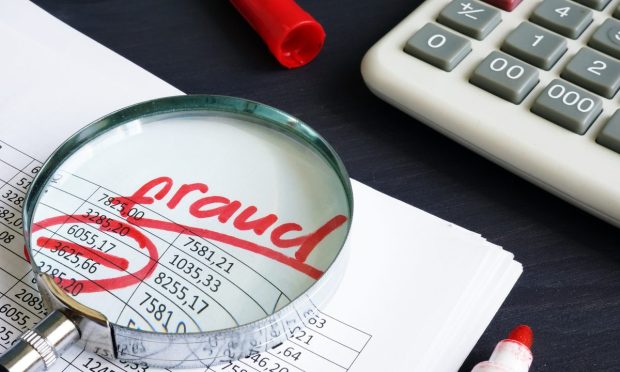Financial Crime Swamps Government Efforts, Demanding a High-Tech Approach

Financial crime — you can call it economic crime, too — is, of course, everywhere.
And in the bid to blunt the attacks from the fraudsters targeting unwitting victims, bringing their efforts to bear in phishing schemes and account takeovers, in crypto theft and all manner of avenues …
… the best defense may lie with a proactive use of advanced technologies. Government efforts to fight bad actors may simply be swamped and overwhelmed by the sheer magnitude of the problem.
The mismatch and the financial drain that is hitting the agencies designed to protect consumers and enterprises from fraudsters has been made incrementally more apparent with a recent report out of the U.K.
As detailed in this space in recent days, a report from the anti-graft charity known as Spotlight on Corruption says economic crime in the U.K. ends up costing the government “hundreds of times more” than the government spends fighting the criminals themselves.
See: UK Economic Crime Tops What Gov’t Spends to Fight It, Data Shows
In terms of the numbers themselves, the report noted that the U.K. government spends 825 million pounds ($1.1 billion) on the budgets every year for national agencies fighting economic crime. However, this pales in estimation to the 190 billion pounds ($258 billion) lost to fraud and the 100 billion pounds ($135.6 billion) spent fighting money laundering.
So: Roughly $136 billion is spent fighting the fraudsters, and about $258 billion is lost to them despite the battle. The charity that issued the report suggested that a new crime fighting fund be established, reinvesting at least some of the revenue tied to law enforcement.
We note there are other avenues through which, in the U.K. and elsewhere, the battle can be joined more fully by all of us.
In a recent interview, Todd Raque, financial crimes compliance and anti-money laundering executive at Featurespace, told PYMNTS, “As we come out of the pandemic, scams are on the rise, and I think that will continue.”
Education remains a key line of defense, he said, for individuals and for businesses, while companies themselves (particularly financial institutions) need to be vigilant about the various red flags raised by fraudsters.
Read also: Businesses Must Take Proactive Stance in Fighting Financial Crime
“You need to get into a position where you’re being proactive, not reactive, and you need to get ahead of the curve,” Raque explained to PYMNTS. “Technology is one component of that, but you also need to have a good foundational process that’s built on identifying emerging risks and typologies.”
As for the efforts of the government agencies themselves, Raque said the U.S. Financial Crimes Enforcement Network is currently working to implement big anti-money laundering (AML) reforms in the next couple of years that will likely oblige certain institutions to provide law enforcement with more useful information about the fraud and scams they encounter.
Elsewhere we noted that identity and new account fraud represent significant threats amid the great digital shift, with 85% of financial institutions (FIs) reporting fraudulent activity in the account opening process. U.S. banks were expected to lose $3.5 billion to new account fraud in 2021.
As for the advanced technologies that can be (and are being) deployed, as a weapon that takes its place within the aforementioned proactive approach: Behavioral analytics offers a way to head the fraudsters off at the pass.
Typical vs Atypical Consumer Behavior
Analyzing data at the point of transaction, at the point of account opening to ascertain whether typing, the angle of devices and other information “deviate” from a consumer’s typical online behavior can be highly effective. Behavioral analytics, case studies have shown, has the potential to decrease fraud rates by up to 35%, a significant reduction. That’s especially important, given the fact that, as PYMNTS has estimated, 75% of consumers plan to keep most of the digital banking habits they’ve embraced even after the pandemic ends.
Read more: How Behavioral Analytics Can Prevent New Account Fraud
Jumio Chief of Digital Identity Philipp Pointner told PYMNTS that a form of ID with government-grade security that holders can also use to access private-sector services (including but not limited to financial services). Half of companies surveyed by PYMNTS have said that they intend to invest in digital authentication solutions. Doing so can cement trust in transactions and other activities done online.
“That data can be shared with the click of a button and maybe the scan of your face to make sure that it is actually you that is using that identity,” Pointner told PYMNTS. “Imagine all the places online and in the real world you can go as you use that identity — from one vendor to another, from one service to another, from one country to another.”
Read also: Government-Issued Digital IDs Lay Foundation for Trust — Online and Offline
